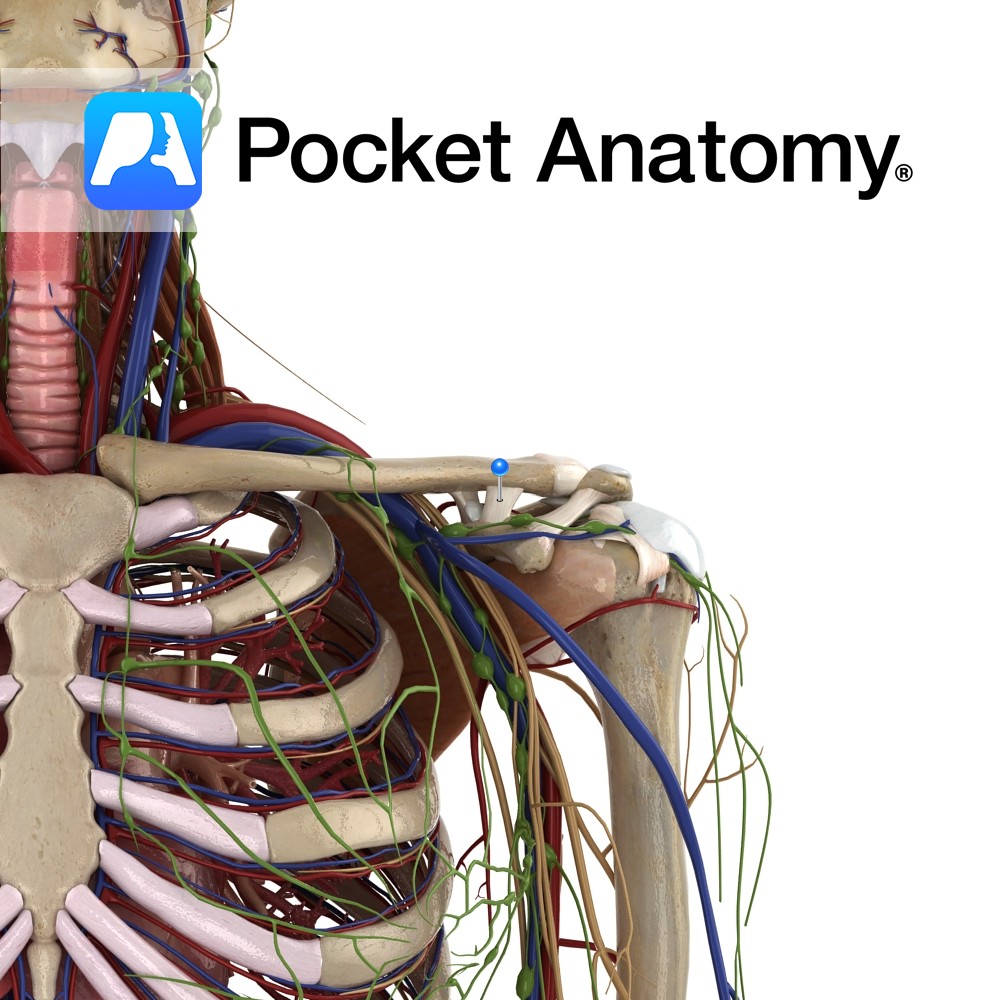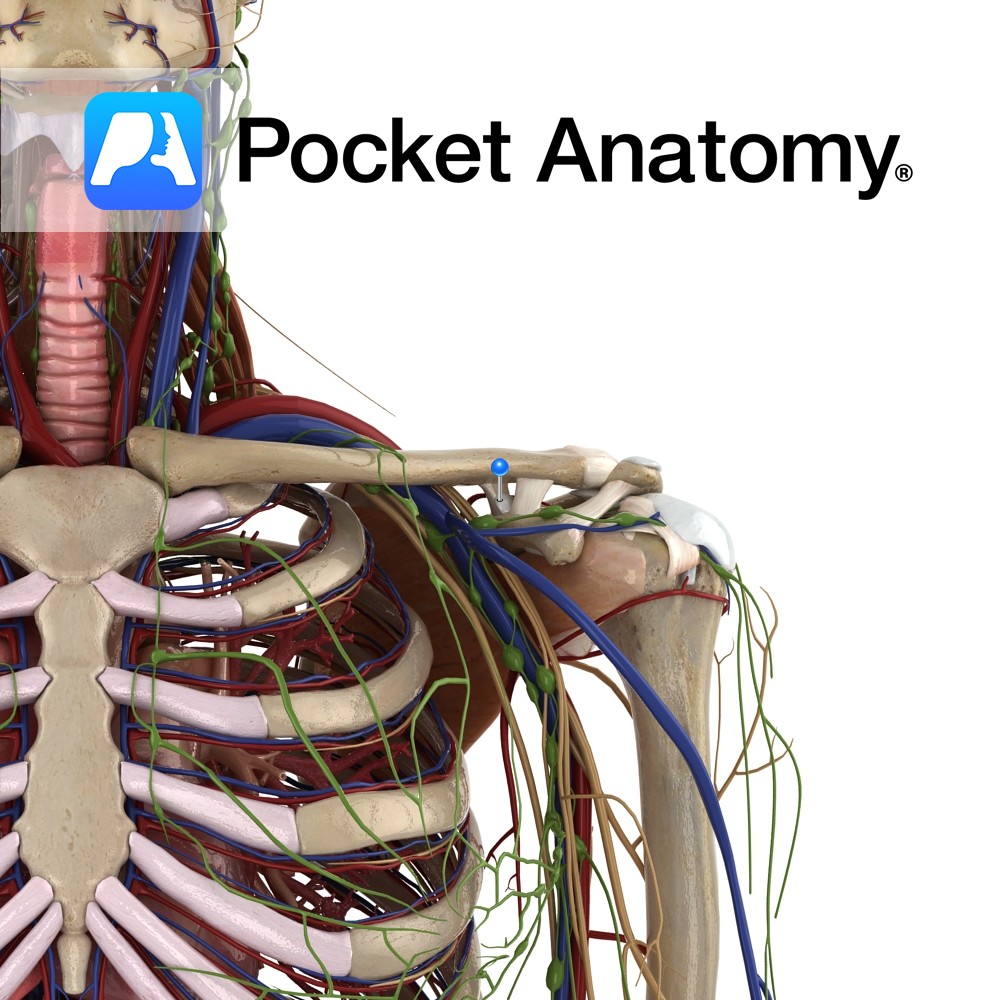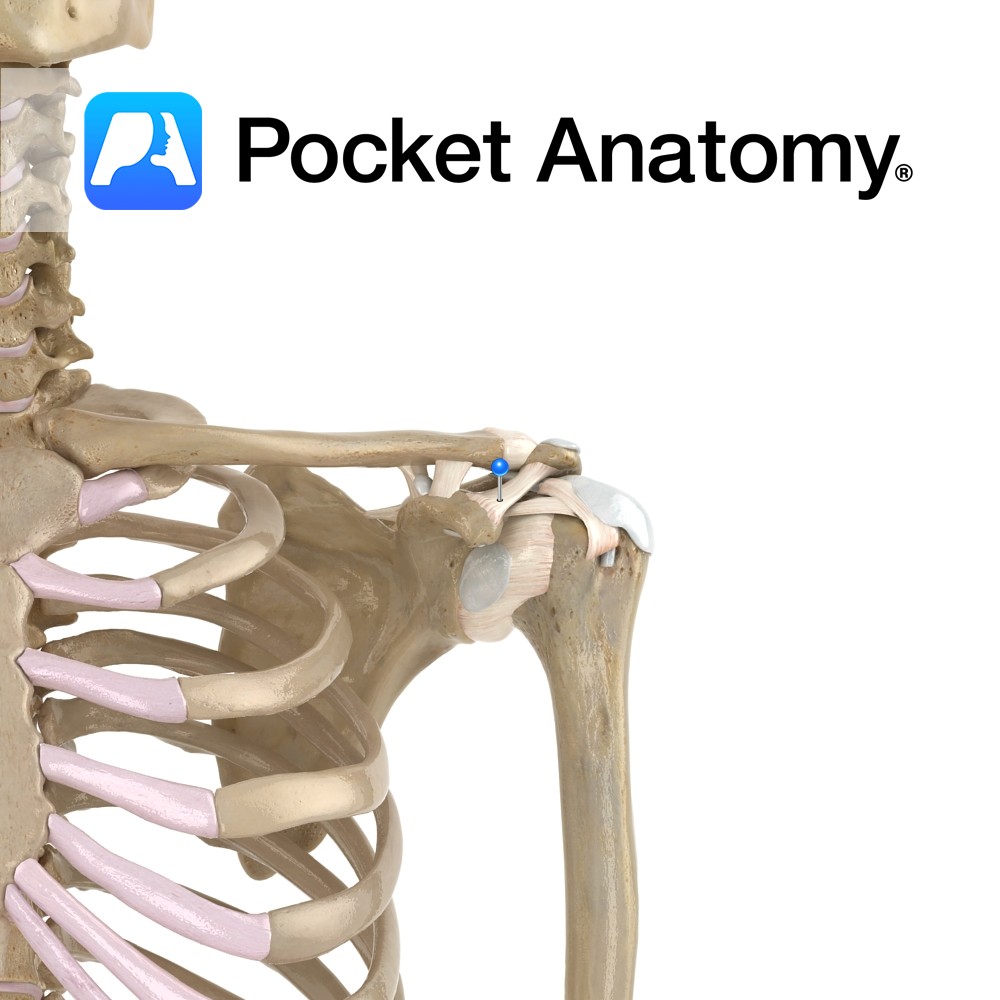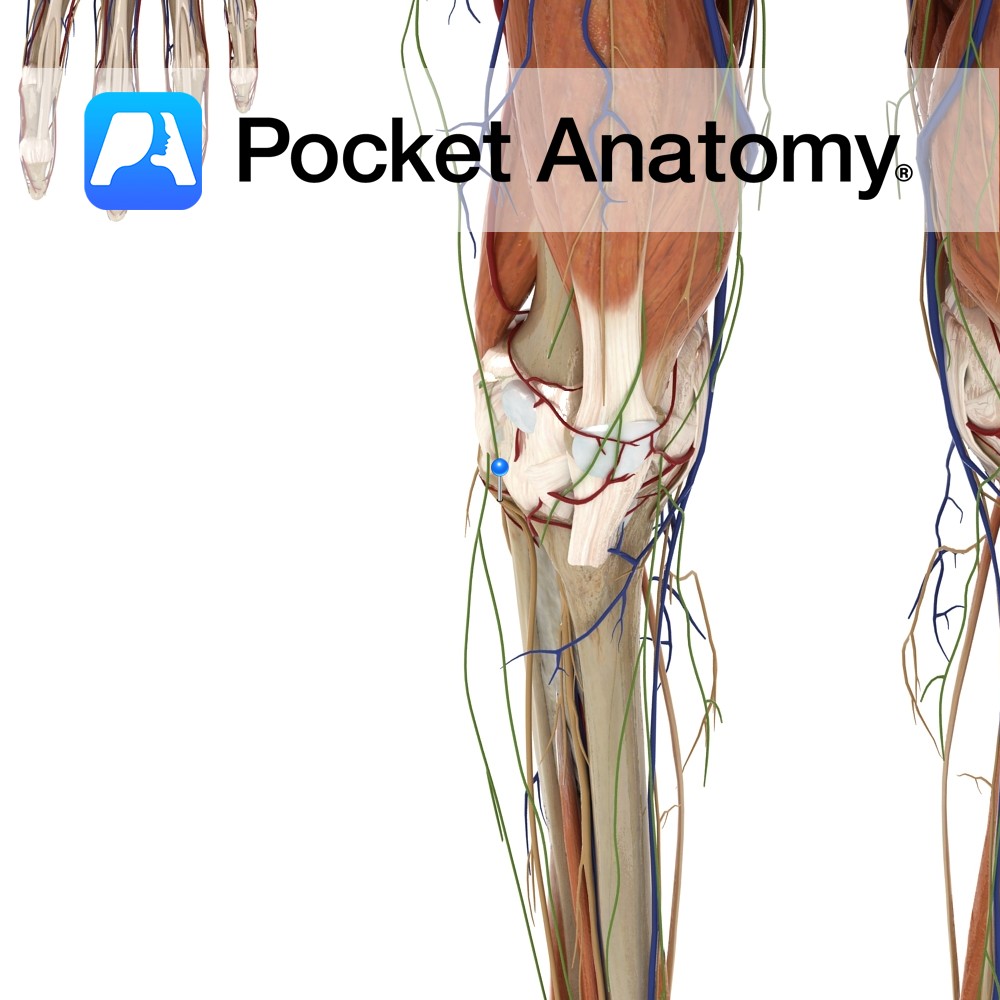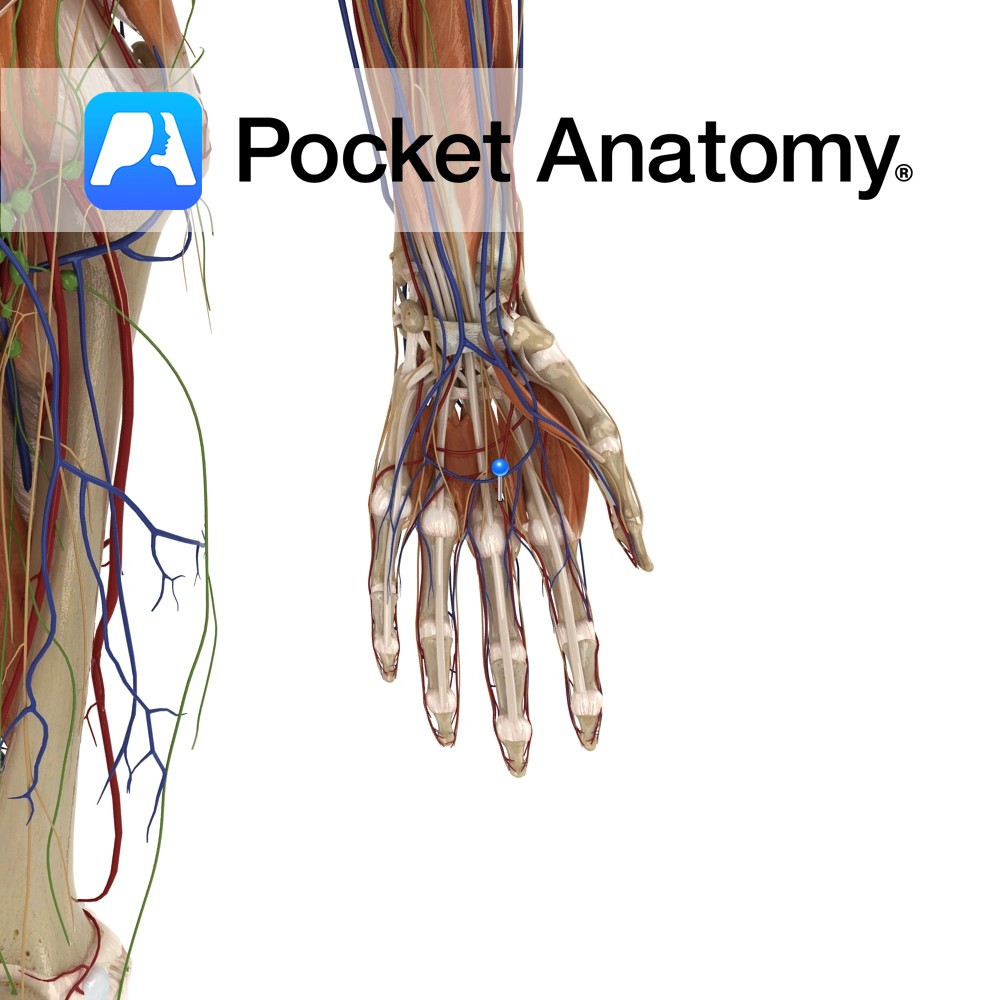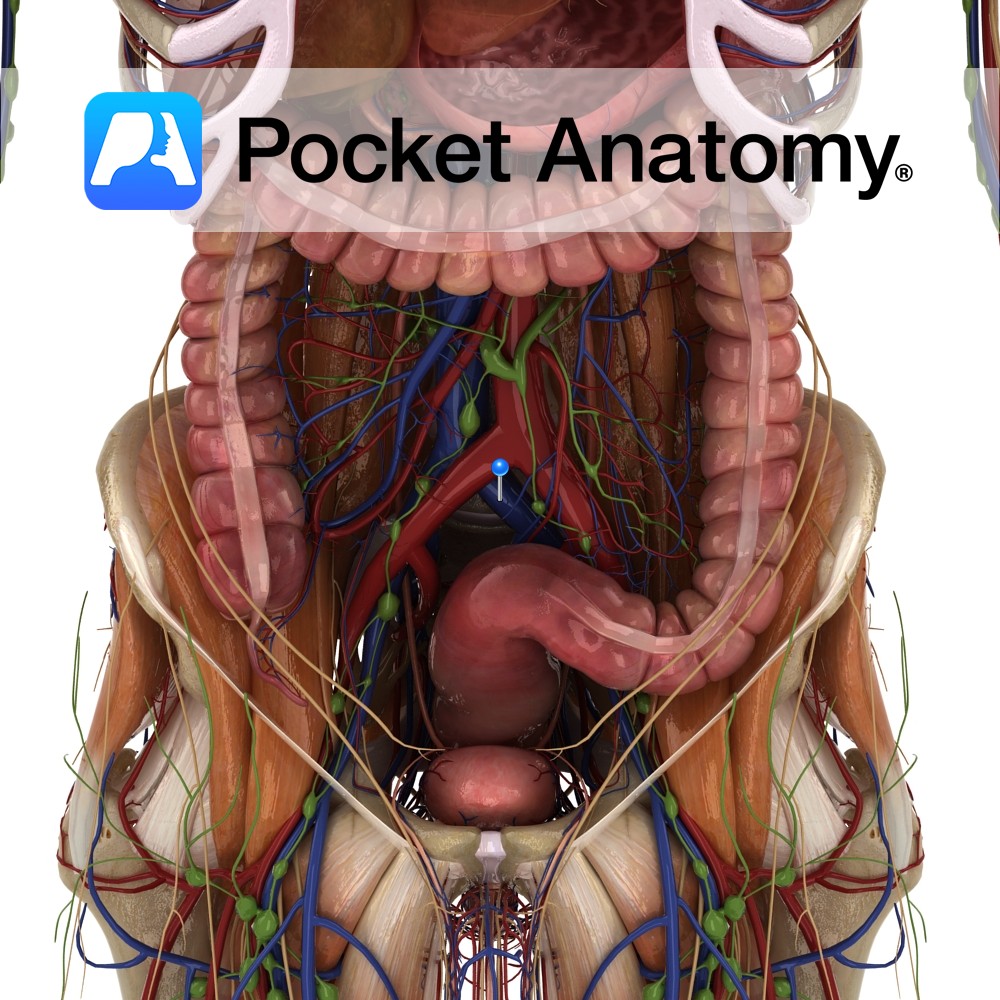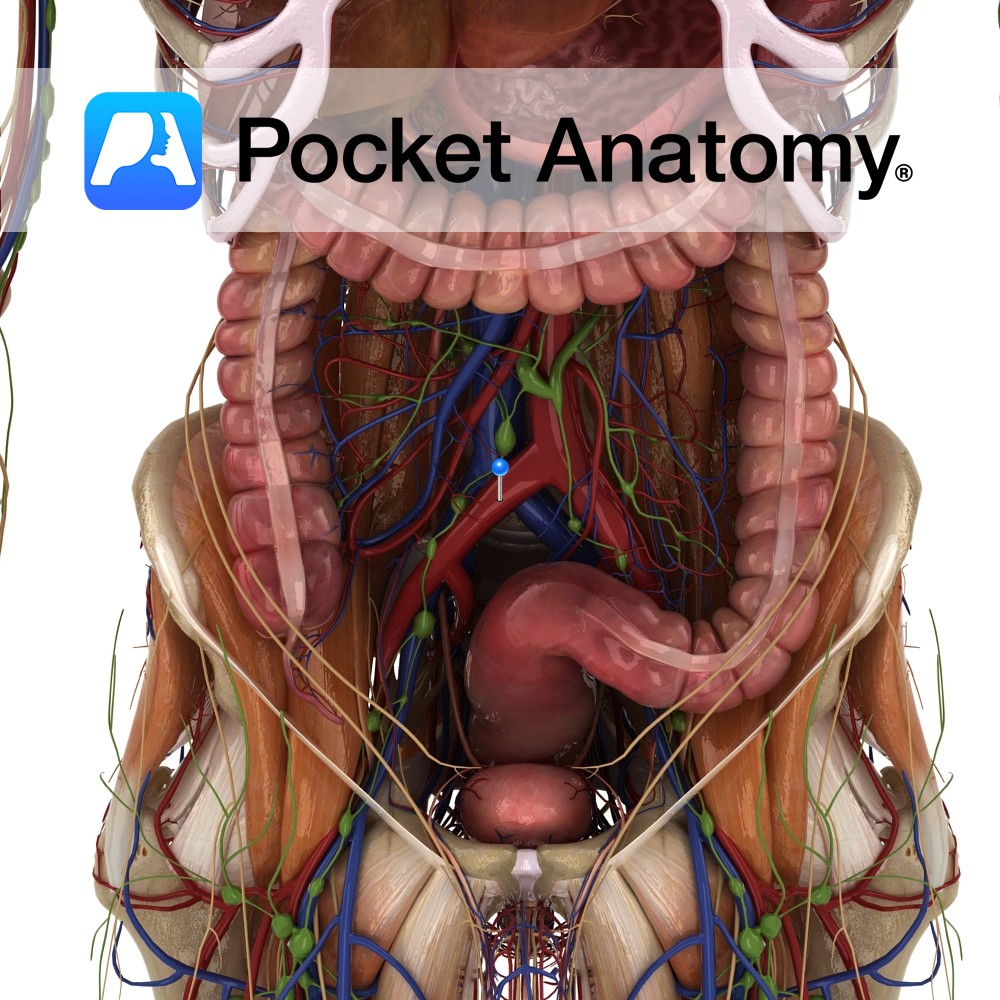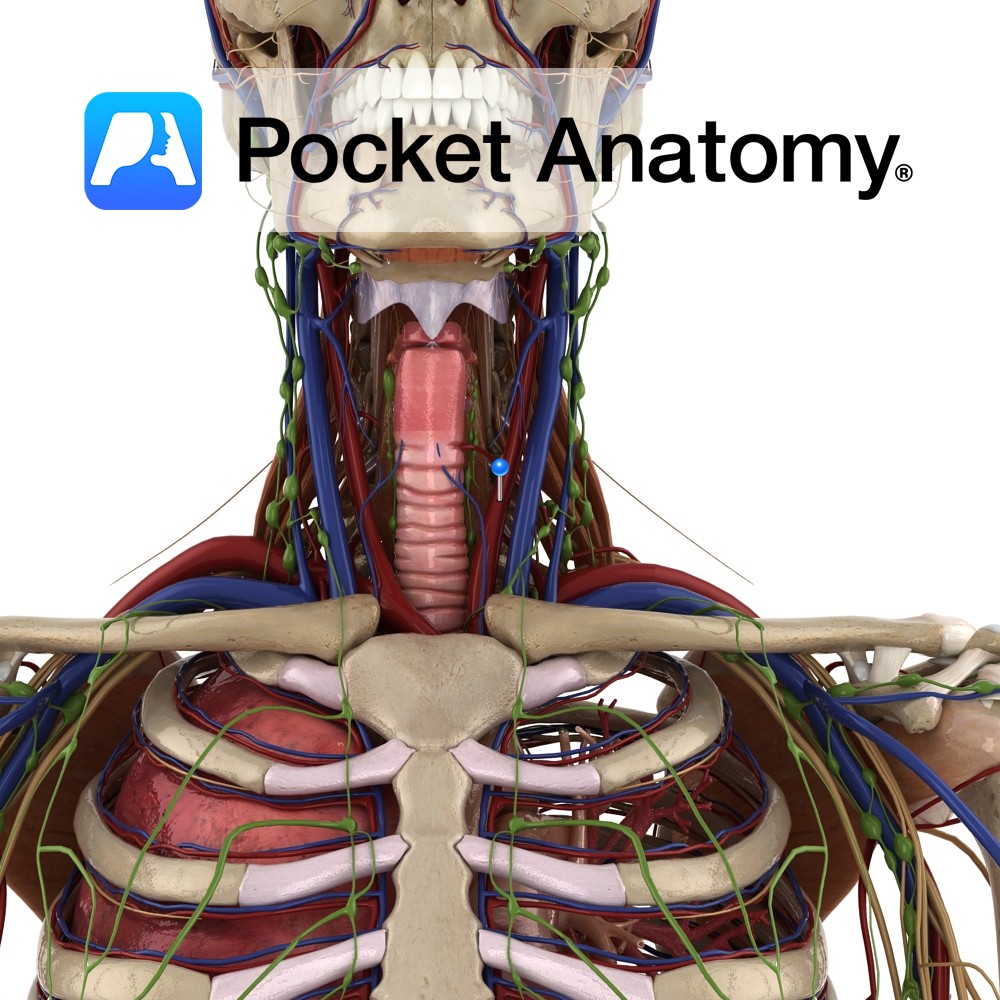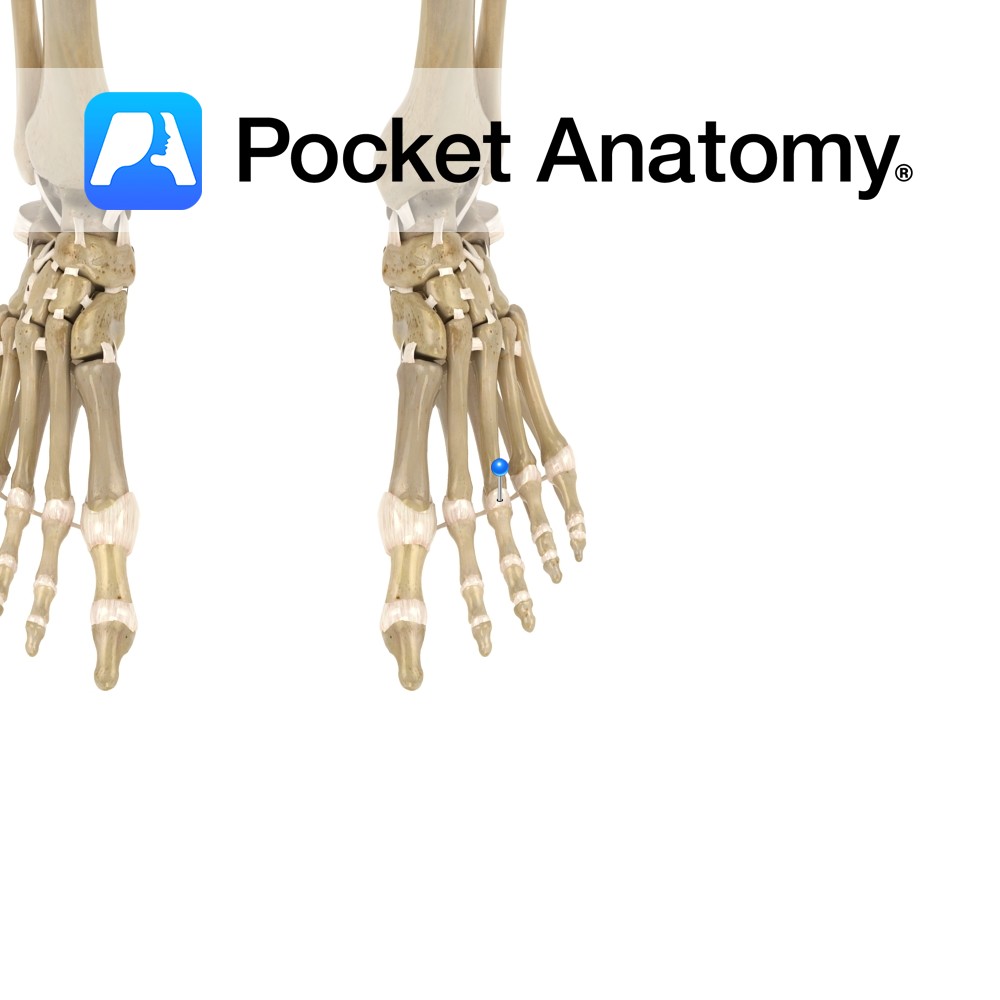PocketAnatomy® is a registered brand name owned by © eMedia Interactive Ltd, 2009-2022.
iPhone, iPad, iPad Pro and Mac are trademarks of Apple Inc., registered in the U.S. and other countries. App Store is a service mark of Apple Inc.
Anatomy The trapezoid (strap-like) ligament attaches along the trapezoid line of the clavical to the posterior aspect of the coracoid process. Functions This ligament is not directly related to the acromioclavicular joint but is a strong accessory ligament. It maintains the position of the clavical on the acromion and also gives weight bearing support to
- Published in Pocket Anatomy Pins
Anatomy The conoid (cord-like) ligament attaches from the conoid tubercle of the clavicle to the posterior aspect of the coracoid process. Functions This ligament is not directly related to the acromioclavicular joint but is a strong accessory ligament. It maintains the position of the clavical on the acromion and also gives weight bearing support to
- Published in Pocket Anatomy Pins
Anatomy Origin: Apex of coracoid process (with short head of biceps brachii). Insertion: Midway on medial border of humerus between the origin of triceps brachii and brachialis. Key Relations: Musculocutaneous nerve perforates it in the axilla as its route of entry to the arm. Functions -Flexes the arm at the shoulder joint. -Adducts the arm
- Published in Pocket Anatomy Pins
Anatomy A triangular shaped ligament. Its apex attaches just lateral to the acromioclavicular joint. Its broad base attaches along the lateral border of the coracoid process. Functions Helps to maintain the position of the acromion on the clavical, and stops superior distraction. Interested in taking our award-winning Pocket Anatomy app for a test drive?
- Published in Pocket Anatomy Pins
Anatomy Course Originates from the dorsal branches of the fourth and fifth lumbar nerves as well as the first and second sacral nerves. Makes an oblique descent on the lateral aspect of the popliteal fossa until it reaches the head of the fibula, which it encircles. Divides into the superficial peroneal and deep peroneal nerve.
- Published in Pocket Anatomy Pins
Anatomy Course Branches from the superficial palmar arch which then proceed distally on the anterior aspects of the lumbrical muscles. Supply Supplies the little finger, ring finger, middle finger and medial aspects of the index finger. Interested in taking our award-winning Pocket Anatomy app for a test drive?
- Published in Pocket Anatomy Pins
Anatomy Course Formed by the fusion of the external and internal iliac veins at the brim of the pelvis. Travel briefly before the two common iliac veins fuse together and form the inferior vena cava at the level of L5. Drain Receives the deoxygenated blood of the lower limb and pelvis. Clinical The right iliac
- Published in Pocket Anatomy Pins
Anatomy Course Large branches of the bifurcation of the abdominal aorta at the level of L4. Travels along the inferior edge of the psoas muscles. Supply Responsible for the supply of the pelvis and the lower limb via the femoral artery. Clinical Common area for stenosis due to atherosclerosis; this is more common in the
- Published in Pocket Anatomy Pins
Anatomy Course Right common carotid artery originates from the right brachiocephalic trunk posterior to the sternoclavicular joint. Left common carotid originates as a main branch of the arch of the aorta and ascends to enter the neck behind the left sternoclavicular joint. Both bifurcate into the internal and external carotid arteries in the carotid triangle.
- Published in Pocket Anatomy Pins
Anatomy Attach from the lateral and medial sides of the heads of the metatarsals to the base of the corresponding phalangeal joints. Functions To reinforce the joint laterally and medially. Interested in taking our award-winning Pocket Anatomy app for a test drive?
- Published in Pocket Anatomy Pins

